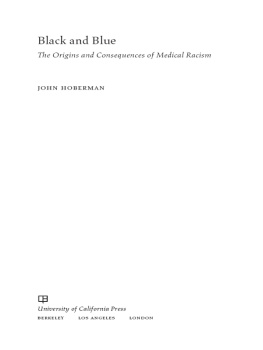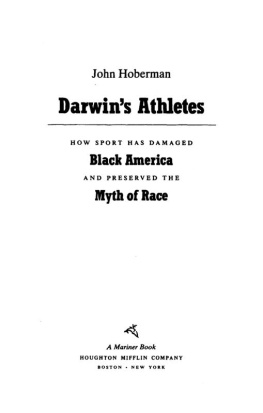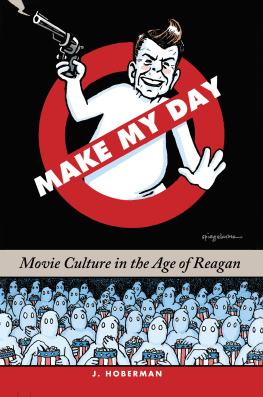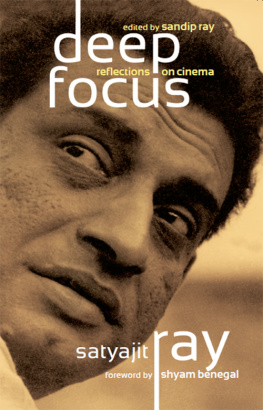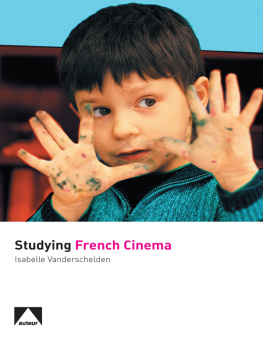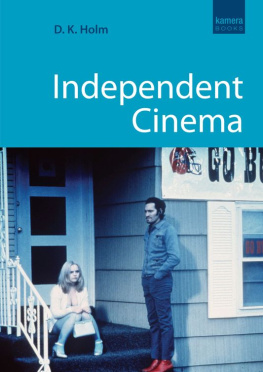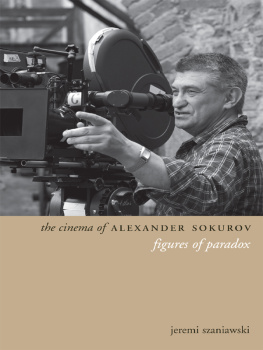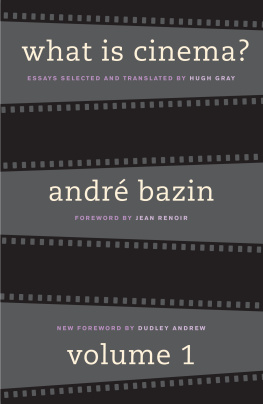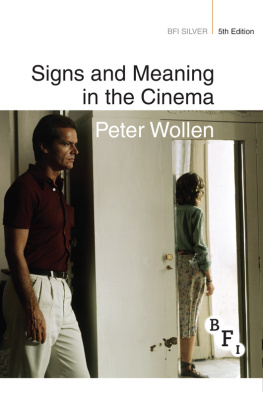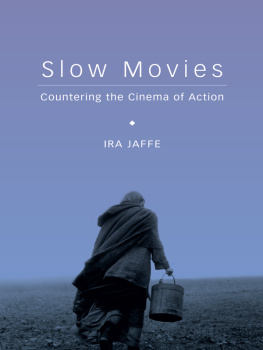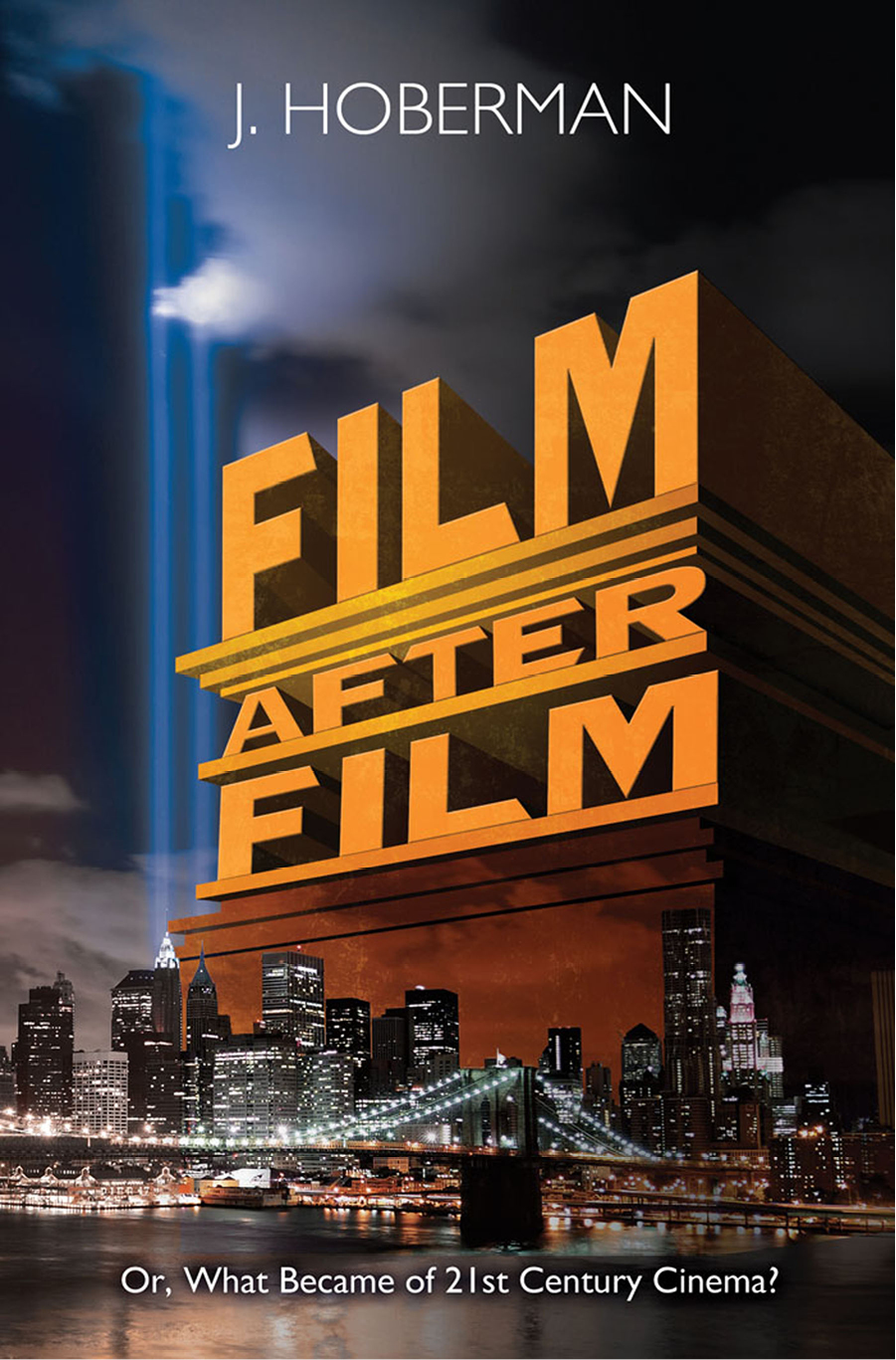
FILM AFTER FILM
Or, What Became of 21st-Century Cinema?
J. Hoberman

First published by Verso 2012
J. Hoberman 2012
All rights reserved
The moral rights of the author have been asserted
1 3 5 7 9 10 8 6 4 2
Verso
UK: 6 Meard Street, London W1F 0EG
US: 20 Jay Street, Suite 1010, Brooklyn, NY 11201
www.versobooks.com
Verso is the imprint of New Left Books
eISBN 978-1-7816-8068-1
British Library Cataloguing in Publication Data
A catalogue record for this book is available from the British Library
Library of Congress Cataloging-in-Publication Data
Hoberman, J.
Film after film : or, what became of 21st-century cinema? / J. Hoberman.
p. cm.
Includes bibliographical references and index.
ISBN 978-1-84467-751-1 (hardback : alk. paper)
1. Motion picturesHistory21st century. 2. Motion picturesReviews. 3. Digital
mediaPhilosophy. I. Title.
PN1993.5.A1H58 2012
791.4300905dc23
2012015580
CONTENTS
PREFACE
I t may seem absurd, barely a decade into the millennium, to speak of a distinctly twenty-first-century cinema. Despite the universal predilection for organizing trends by decades, its obvious that cultural development is neither determined by a timetable nor bound to an arbitrary calendar. And yet, in the case of the cinema there are twoor even two and a halfreasons to consider the possibility that, since 2001, the nature and development of the motion picture medium has become irrevocably altered.
This new situation, which was accompanied by the oft-articulated perception that motion pictures, as they had existed in the century following the Lumire brothers first demonstration of their cinmatographe , had entered a period of irreversible decline, arises from a technological shift in the basic motion picture apparatusnamely, the shift from the photographic to the digital that began tentatively in the 1980s, and gathered momentum from the mid 90s onward. The digital turn occurred in the midst of and was amplified by pre-millennial jitters, not unlike the fantasy that the worlds computers would crash when the date shifted from December 31, 1999 to January 1, 2000. The second, more unexpected and less rational, reason for the new situation occurred barely nine months into the twenty-first century. This was a world-historical happening, namely the events of September 11, 2001. As watched by millions live and in heavy rotation on TVwhich is to say, as a form of cinemathese events could not help but challenge, mystify, and provoke filmmakers as individuals while, at the same time, dramatizing their medium directly in an impersonal way. No less than Titanic or The Lord of the Rings trilogy or the saga of Harry Potter (and actually, a good deal more so), the events of 9/11 were a show of cinematic might.
This is not to say that twentieth-century cinema no longer existseven nineteenth-century cinema is with us still. But the digital turn, accompanied by a free-floating anxiety regarding the change in cinemas essential nature and a cataclysmic jolt out of the clear blue sky that, for the vast majority of the worlds population, was apprehended as a manmade cinematic event, have all combinedperhaps conspiredto create something new. That new thing is the subject of this book.
Film After Film is a direct outgrowth of my work as both a lecturer on cinema history and a professional journalist who reviewed (or reported on) current movies on a weekly basis. Like many twenty-first-century films which fuse the digital and the photographic, Film After Film is also something of a cyborg entity, combining analysis and reportage. The book is divided into three parts. The first, titled A Post-Photographic Cinema (Film After Film) and greatly expanded from an essay first published in Artforum , proposes the notion of twenty-first-century cinema and attempts to characterize, theorize and historicize it. Part II, A Chronicle of the Bush Years (Film After Film After Film ), culls the 400 or so weekly reports and occasional cover stories I published in the Village Voice between September 2001 and November 2008 to revisit the early twenty-first century as it unfoldedor, put another way, to write the first draft of its film history.
The 750-word weekly film review is a specific journalistic form: over a period of months and years, these topical short pieces document a writers attempt to make sense of the ongoing flux of movies amid the ongoing flux of events. Thus, part II is a chronicle of the George W. Bush presidency, a reign defined not only by the events of 9/11 but by continuous foreign wars, the much-publicized threat of additional terror attacks, and further disastersboth natural and manmadeas viewed from a screening room. The movies discussed are nearly all American and, while not necessarily the strongest of the period (some of those may be found in other sections) are nevertheless the ones that seemed most directly responsive to or reflective of the post-9/11 climate. Chronologically arranged, these journalistic reports have been somewhat edited but never updated. Rather than rewrite them in light of subsequent events (which include the movies receptions), thus contaminating the spontaneity of an original impression, I have chosen to annotate and historically contextualize my original response in bold type.
As already noted, one impetus for Film After Film came from a series of university courses I taught on the nature of twenty-first-century cinema. This book is very much intended as a resource, if not a text, for similar courses. By way of an addendum (or an extended footnote to part I), part III, Notes Toward a Syllabus (Some Films After Film), offers twenty-one short essays on programs of work that I showed (or would have liked to have shown) in class. For a number of reasonssometimes technical, at others thematic or aestheticthese seem to me to be quintessentially twenty-first-century motion pictures. Reworked from class lectures and/or reviewsmost of which were originally published in the Village Voice , though several versions of pieces first appeared elsewhere, including Artforum ( Battle in Heaven , The World , and The Strange Case of Angelica ), Film Comment ( Russian Ark and Carlos , as well as the essay on Arnold Schwarzenegger), and Sight and Sound ( Dogville )these film notes focus on international production in a variety of cinematic modes (albeit work characterized by a certain historical self-consciousness).
Many, though not all, of the cinema-objects discussed here are available on DVD. In addition to providing practical suggestions for a survey of twenty-first-century cinema, this selection should serve to demonstrate that, hardly the arid desert some have imagined, the centurys first decade abounded with significant and radically innovative cinema.
J. Hoberman
New York, March 2012
PART I:
A POST-PHOTOGRAPHIC CINEMA
I predict that all movies will be animated or computer-generated within fifteen years.
Bruce Goldstein, Flashback: The Year in Movies, Village Voice (December 28, 1999)
It is in the nature of analogical worlds to provoke a yearning for the past The digital will wants to change the world.
D. N. Rodowick, The Virtual Life of Film (2007)
CHAPTER ONE
THE MYTH OF THE MYTH
OF TOTAL CINEMA
C an we speak of a twenty-first-century cinema? And if so, on what basis?
In the immediate aftermath of World War II, the French film critic Andr Bazin offered a narrative in opposition to a then current notion that cinema developed in the spirit of scientific inquiry. Bazin characterized cinema as an idealistic phenomenon and cinema-making as an intrinsically irrational enterprisenamely, the obsessive quest for that complete representation of reality that he termed Total Cinema.
Next page

